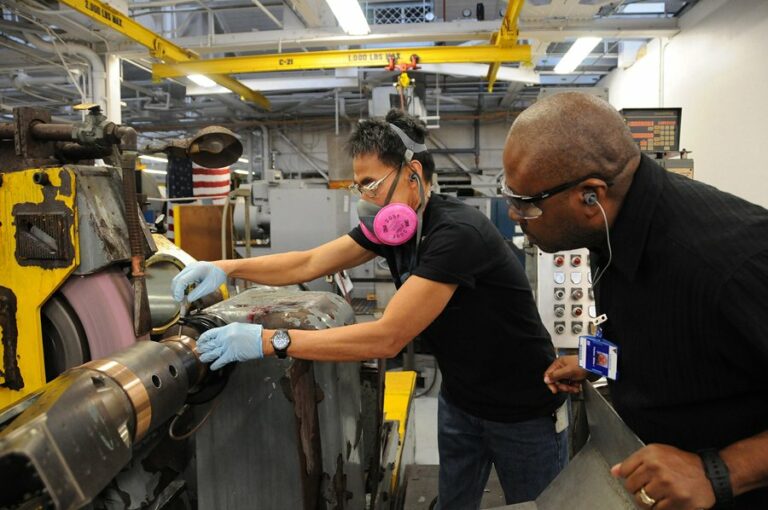Humans are influenced by those around them more than most people realize. Television sitcoms are a great example of a mostly unnoticed “social influence”. Many sitcoms use a laugh track, not because it makes the show any better, but because it makes the viewer think the show is better and more funny. The laugh track influences viewers to laugh along and come away thinking the show was incredibly funny. Take the laugh track and it’s social influence away, and they might have only thought the show was mediocre.
Another example of social influence is a study conducted by Pedro Gardette of Stanford where he looked at the buying patters of airplane passengers. He found that people were 30% more likely to buy something if a stranger sitting next to them made a purchase first. If the first person to purchase is not a stranger, but a friend or relative, the chances of the second person also making a purchase doubles.
What do these examples and the idea of social influence have to do with safety? A lot, actually.
Employees, especially new employees still uncomfortable with the environment, are going to be far more likely to ignore safety standards and practices if they see others doing so first. Even tenured employees are more likely to take a shortcut if they see someone they hold in high regard take one first. The negative effects of social influence can be combated by focusing on the positives. Reward employees consistently meeting safety standards. If employees see good practices being rewarded, they are more likely to emulate the good behavior. Employees that are consistently following all safety practices should also be the ones to train new employees, limiting exposure to bad habits.
The “why” behind all safety rules and practices should always be explained as well. When the “why” is explained, it increases employee understanding, perception of importance, and compliance. The “why” helps to make things more personal for employees because they better understand the negative consequences of not following the rules. When the rules are more personal, it could increase the chances of employees ignoring negative social influences. They are more likely to realize that while a shortcut may make things quicker or easier, it also makes it more dangerous, and then not take the shortcut.
Sources: Social Influences Affect Your New Employee’s Safety Behavior, Social Influence – A Prime Driver of Workplace Safety




